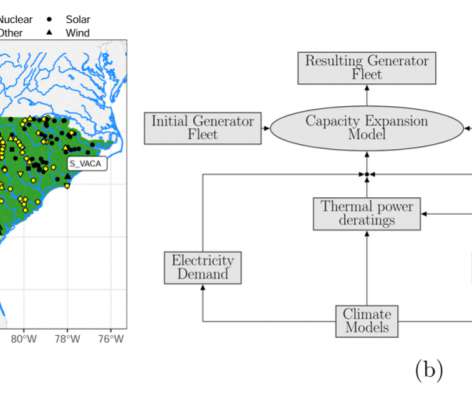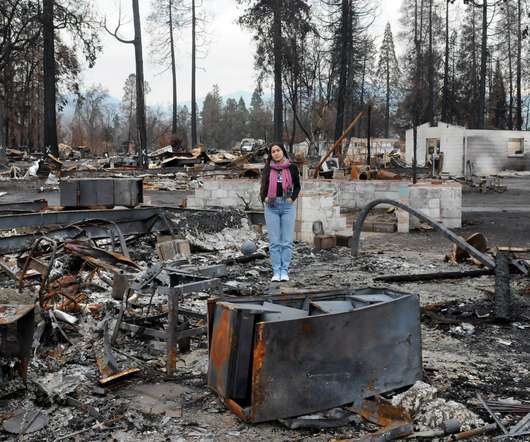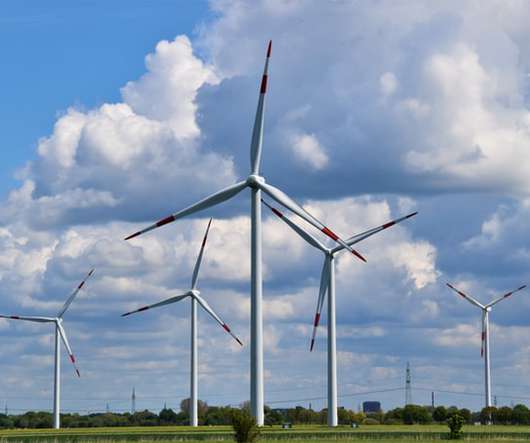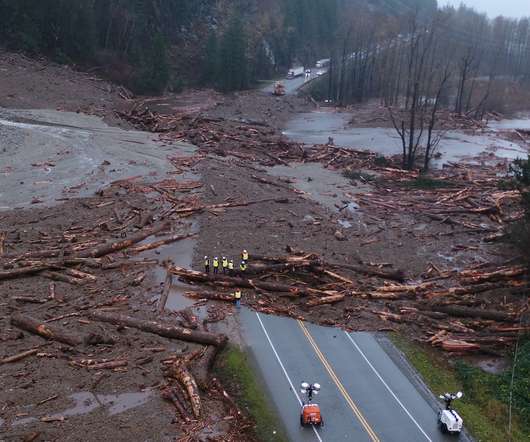How Climate-Induced Risks Affect Power System Planning In The U.S. Southeast
Energy Innovation
JULY 2, 2021
For instance, energy demands are likely to shift, reducing the need to heat in the winter and increasing the need to cool in the summer. They use a series of models to explore energy mixes that include coal, hydropower, nuclear, solar, natural gas, and wind in the future relative to today. Southeast in 2050.
















Let's personalize your content